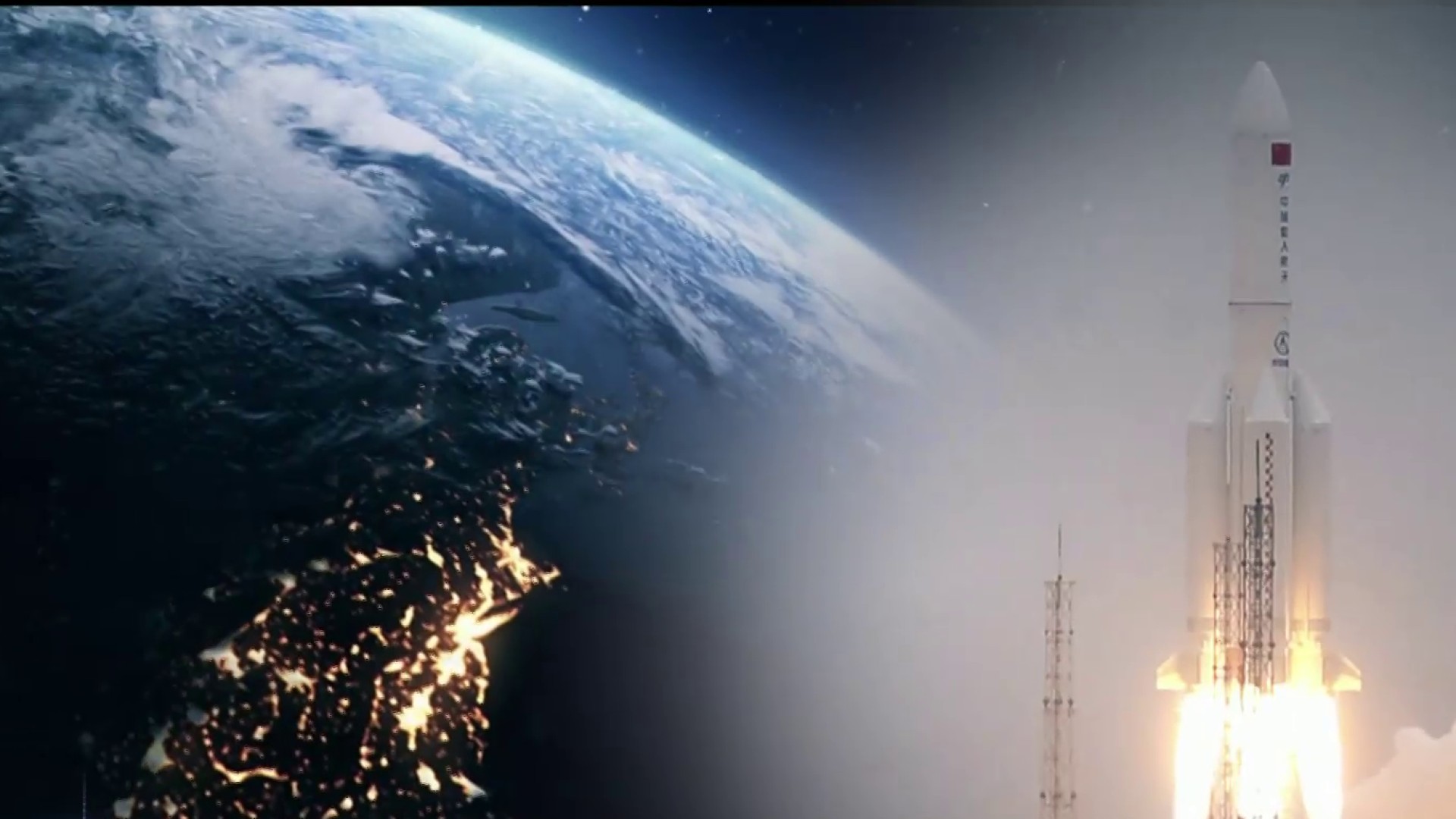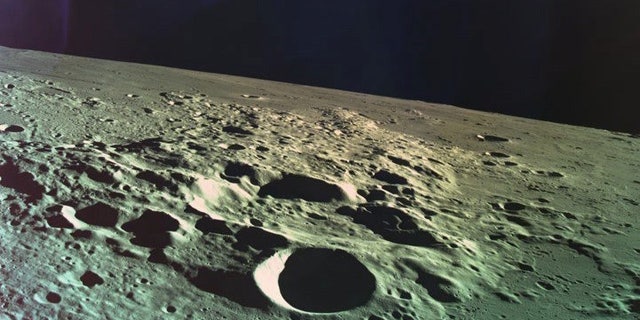
This is actually the first unintentional case of man-made space junk hitting the moon, says Gray. Experts warn that that “space junk” could eventually collide with something more critical, such as a satellite that provides essential services, like cellular coverage. While this rocket-and the dent it leaves on the moon-aren’t worrying scientists too much, it is raising awareness of the amount of debris that is orbiting Earth these days. But astronomer Bill Gray on his Project Pluto blog says, “We now have good evidence that it is actually 2014-065B, the booster for the Chang’e 5-T1 lunar mission,” an experimental robotic spacecraft that China sent to the moon in 2014. At one point, it was thought to be from a SpaceX rocket, then it was believed to be from a Chinese spacecraft. (Because of the location of the impact, it could take days or weeks to confirm with satellite images.)Īstronomers have been tracking the rogue rocket part since March 2015, but no one seems entirely certain where it originated. ET), moving at an expected speed of 5,800 mph. Jonathan McDowell offered some corroborating evidence that seemed to bolster this new theory for the object’s identity.Įxcept, days later, China’s Foreign Minister claimed it was not their booster: it had deorbited and crashed into the ocean shortly after launch.Īs it stands now, Gray remains convinced it was the Change 5-T1 booster that hit the Moon, proposing that the Foreign Minister made an honest mistake, confusing Chang’e 5-T1 with the similarly named Chang’e 5 (whose booster did indeed sink into the ocean).Part of a rocket, weighing three tons, is thought to have smashed into the far side of the moon at approximately 12:25 p.m. Credit: NASA/GSFC/Arizona State University.Ī bit of detective work led Gray to determine it was actually the upper stage of China’s Chang’e 5-T1 mission, a 2014 technology demonstration mission that lay the groundwork for Chang’e 5, which successfully returned a lunar sample to Earth in 2020 (incidentally, China recently announced it would follow up this sample return mission with a more ambitious Mars sample return project later this decade). So what was it? Wide view of the double crater and its surroundings. But there was definitely still an object hurtling towards the Moon. In an effort to reconcile the conflicting trajectories, Gray began to dig back into his data, where he discovered that he had misidentified the DSCOVR booster way back in 2015.

Giorgini pointed out that DSCOVR’s trajectory shouldn’t have taken the booster anywhere near the Moon. Gray spread the word, and the story made the rounds in late January – but a few weeks later, he received an email from Jon Giorgini at the Jet Propulsion Lab (JPL).

Mark Robinson, Principal Investigator of the LRO Camera team, proposes that this double crater formation might result from an object with distinct, large masses at each end. The impact site consists of an 18-meter-wide eastern crater superimposed on a 16-meter-wide western crater. Credit: NASA/GSFC/Arizona State University. Before image acquired after image acquired. So that’s not the explanation for this one.” Before and after photos at the location of the newly formed craters. Astronomer Bill Gray, who first discovered the object and predicted its lunar demise back in January, explains that the booster “came in at about 15 degrees from vertical. But that doesn’t seem to be the case here. Why a double crater? While somewhat unusual – none of the Apollo S-IVBs that hit the Moon created double craters – they’re not impossible to create, especially if an object hits at a low angle. The LRO images, taken May 25th, revealed not just a single crater, but a double crater formed by the rocket’s impact, posing a new mystery for astronomers to unravel. The Lunar Reconnaissance Orbiter (LRO) – NASA’s eye-in-the-sky in orbit around the Moon – has found the crash site of the mystery rocket booster that slammed into the far side of the Moon back on March 4th, 2022.


 0 kommentar(er)
0 kommentar(er)
